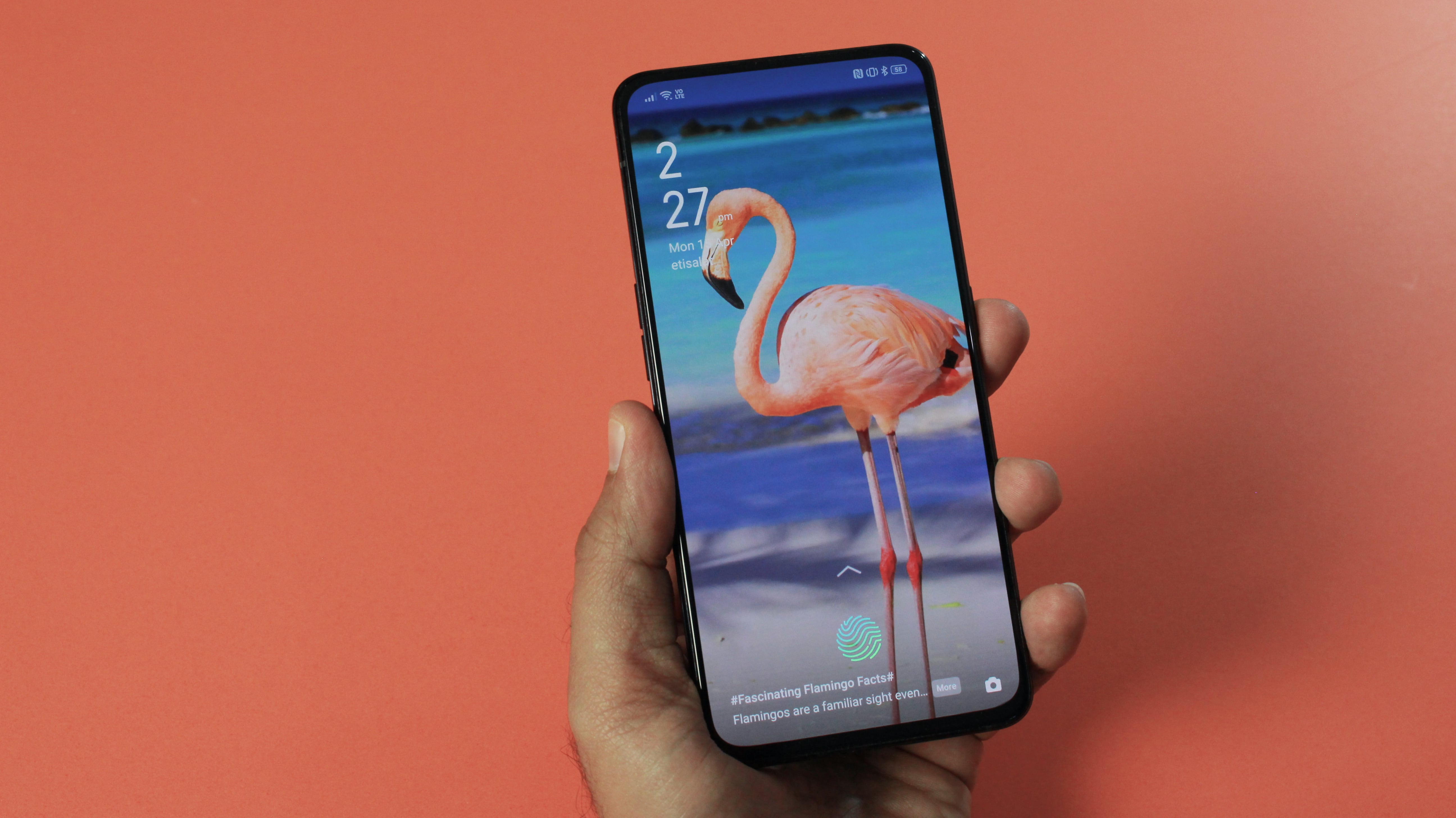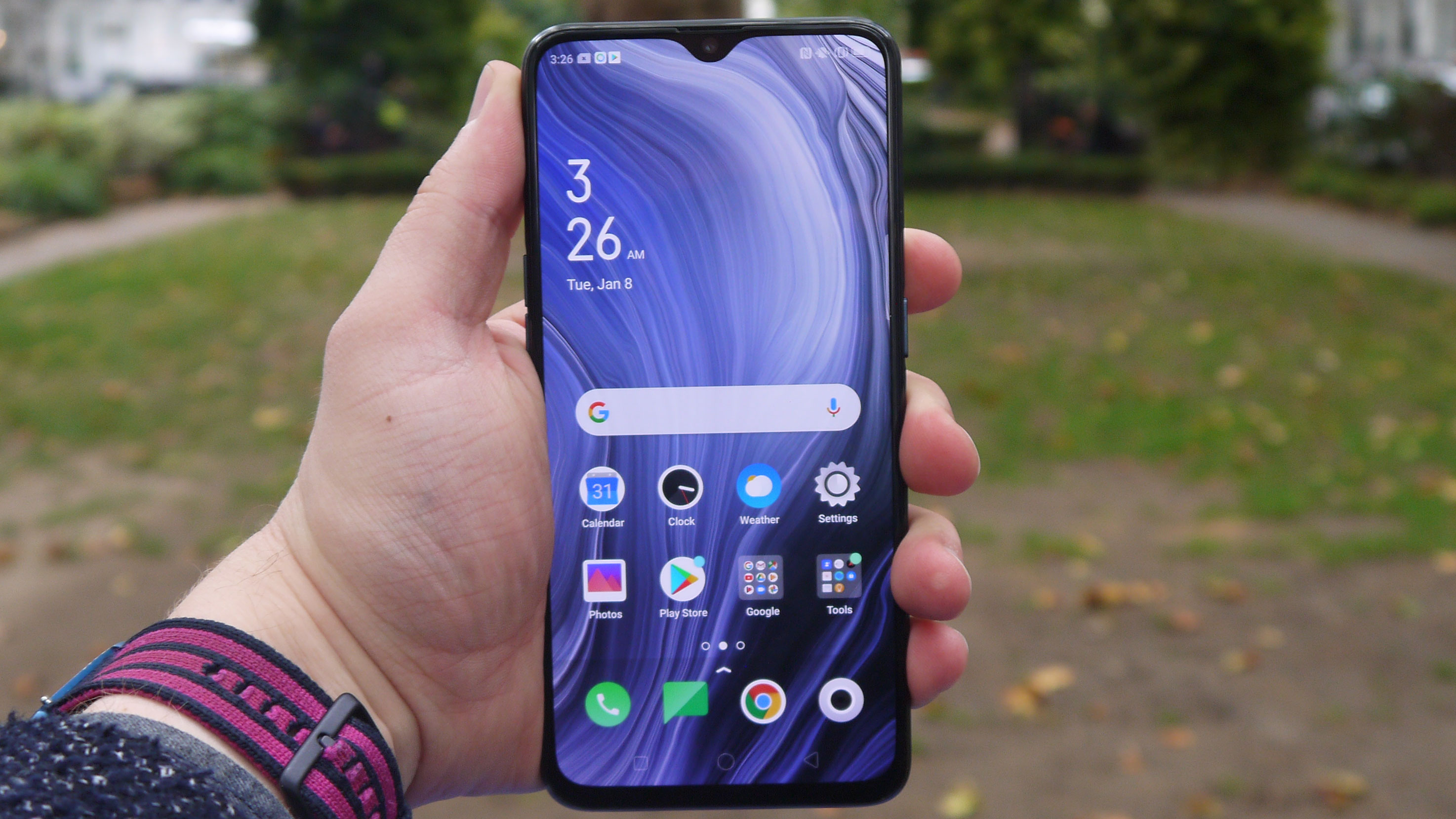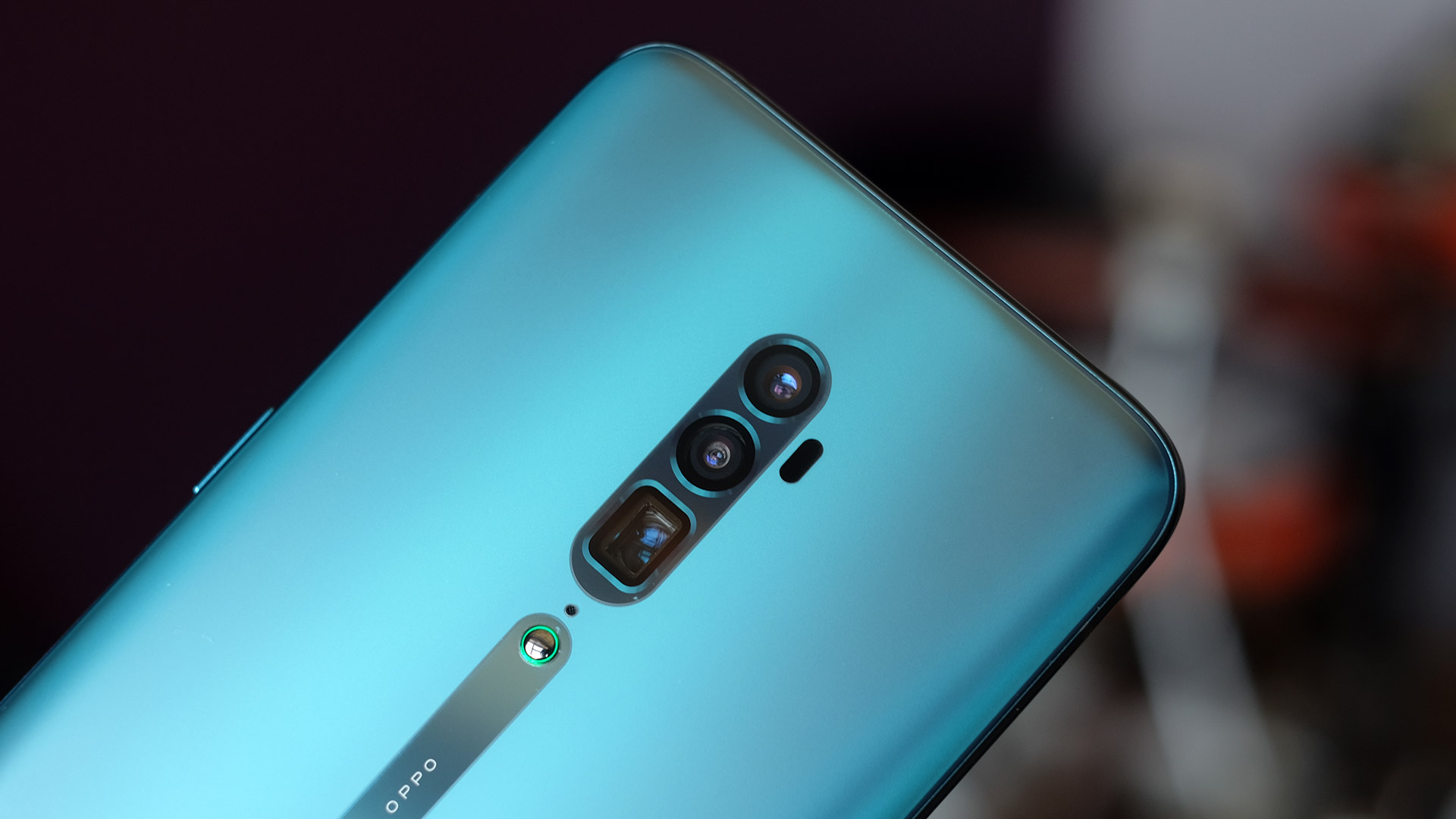Oppo Reno vs Oppo Reno 10x Zoom vs Oppo Reno Z: what’s the difference?
To pop-up or not pop-up

Oppo joined the Western smartphone market in style with its Oppo Reno phone range. These weren’t the Chinese phone company’s first devices released outside Asia, but were certainly the most popular.
The base Oppo Reno has a stylish design and a fair amount of power, and the Oppo Reno 10x Zoom offers increased camera power and size. The flagship feature on both is the pop-up ‘shark fin’ section which houses the front camera and the rear flash, which brings a level of style to the pop-up camera world.
- Check out our Oppo Reno review
- Check out our Oppo Reno Z review
- Check out our Oppo Reno 10x Zoom review
Then there’s the Oppo Reno Z, the affordable – yet equally stylish – budget device that drops the shark fin, as well as the specs, and has a lower price accordingly.
All of these are capable mid-range devices, but that means if you’re in the market for a new smartphone and Oppo’s name has caught your eye, it can be hard to decide which of the handsets you should pick up.
That’s why we’ve made this handy guide to help you work out which Oppo Reno smartphone is best for you.
Oppo Reno series price
The Oppo Reno series launched in most regions, but not the US. We’ve converted the pricing to give you an idea of how much it costs in US dollars anyway, but you’re going to have to import the Oppo Reno phones if you want them.

The Oppo Reno Z is the most affordable device in the Reno line. You can pick it up for £299 / AU$499 (which converts to roughly $360), so it definitely won’t break the bank, and it straddles the line between mid-range and budget pricing.
Get daily insight, inspiration and deals in your inbox
Sign up for breaking news, reviews, opinion, top tech deals, and more.
Next, the base Oppo Reno will set you back £449 (around $570, AU$820), however it’s not actually available in Australia or the US, so if you’re desperate for that pop-up shark fin, it’s the 10x Zoom you’re after.
The most premium device of the range, the Oppo Reno 10x Zoom, costs £699 / AU$1,199 (around $889). That’s more than twice the price of the Reno Z, and while it’s certainly not a ‘high-end’ device by any means, it’s the most powerful and specced-out handset in the Oppo Reno line.
Design and display
The Oppo Reno series of phones clearly share a design bone, as all of the devices look rather similar.
The Oppo Reno, Oppo Reno 10x Zoom and Oppo Reno Z all have smooth backs with the rear cameras arranged vertically down the back – there’s no camera bump, but to protect the lenses from getting scratched there’s the O-Dot, which is a little bump to keep the cameras elevated when you put them down on a surface.

While the handsets look the same, the Reno and Reno Z have plastic bodies while the Reno 10x Zoom is aluminium, so it'll be a little sturdier if you're prone to dropping your device.
The Oppo Reno 10x Zoom is alone in the trio by being the only handset without a 3.5mm headphone jack, but they all use USB-C ports and have power buttons on the right of the phone and a volume rocker on the left.
So now all the design features are mentioned except the main one: the pop-up shark fin camera, which the Oppo Reno and Oppo Reno 10x Zoom have but the Oppo Reno Z doesn’t. It’s certainly a novel feature, and it saves display space (the Reno Z has a small notch instead) – it’s also pretty durable and quick to use, so it’s a decent replacement for the front-facing camera and one of the most reliable pop-ups we’ve seen.

Speaking of the display, the Oppo Reno and Oppo Reno Z both have 6.4-inch screens, while the Oppo Reno 10x Zoom’s display is 6.6 inches – you could consider it the plus-sized device of the trio.
Each device has the same AMOLED display though, so there’s not a huge difference in quality when you’re viewing content. In fact, other than the Oppo Reno Z having a small notch, you’re getting basically the same experience when using any of the phones.
Camera
When it comes to the Oppo Reno cameras, once again, the Oppo Reno and Oppo Reno Z have exactly the same specs – in this case, that consists of a 48MP main snapper and 5MP depth sensor used for improved bokeh background blur in portrait shots. That means the phones are great for taking profile snaps and close-up shots, but it’s not great for zoom or wide pictures.
The Oppo Reno 10x Zoom has the same 48MP main sensor, but it’s joined by an 8MP camera with ultra-wide angle lens, and 13MP camera with periscope lens – that’s a more standard combination of camera lenses for a smartphone.
The latter snapper is what gives the device its name, as it facilitates 5x optical and 10x hybrid zoom (as well as 60x digital zoom, but unless you want your pictures to be a pixelly mess, you’ll avoid this one).

With its three adaptable cameras, the Oppo Reno 10x Zoom gives the best photography potential of the three devices, but the other two are nothing to turn your nose up at if you just want to take the odd profile snap.
On the front of the device (well, on the shark fin for two of the devices), the Oppo Reno and Oppo Reno 10x Zoom both have 16MP selfie cameras, while the Oppo Reno Z has a 32MP snapper. Yes, it’s curious that the affordable device has by far the most powerful selfie camera, but if you’re just taking the odd Instagram story or checking your hair, high resolution selfies aren’t vital.
Battery life
There’s not a huge variation in terms of battery size between the Oppo Reno 10x Zoom and Oppo Reno Z – in fact, at 4,065mAh and 4,035mAh respectively, it’ll probably take you as long to read this sentence as it would to burn that extra 30mAh!
The base Oppo Reno has a slightly lower power pack capacity at 3,765mAh, but since its screen is a smaller size than the Oppo Reno 10x Zoom, the two phones have about the same battery life. With its smaller display, the Oppo Reno Z can last just a tiny bit longer.

Each of the handsets has 20W fast charging, so they'll power up at the same rates, but none of them having wireless charging, which is understandable for the budget Reno Z but a missing feature from the Reno 10x Zoom.
Features
In terms of software, the Oppo Reno, Reno 10x Zoom and Reno Z all run Android 9, with ColorOS 6, a user interface from Oppo, laid over the top. This is mostly an aesthetic change.
There are a few spec differences between the devices though, such as in the chipset. While the Reno 10x Zoom uses the Snapdragon 855, which is a cutting-edge processor that provides great power, the Reno has a mid-range Snapdragon 710 and the Reno Z has a Mediatek Helio P90, which is a chipset you find mostly in budget devices.

In terms of RAM, depending on the region and which storage option you choose for the handset, there's a huge range of memory you can find. All the phones are available with 6GB or 8GB RAM, with 128GB or 256GB storage, although the Reno Z also has a 4GB / 128GB option.
If you like playing audio out loud on your smartphone, the Reno 10x Zoom and Reno Z both have dual Dolby Atmos stereo speakers – however the middle child of the series, the Reno, misses out on this.
The three phones also all have NFC if you're a fan of using your smartphone to make payments.
Takeaway
In general, you can view the Oppo Reno series this way: the Reno Z is the 'lite' phone, while the Reno 10x Zoom is the most premium device.
There are some exceptions to this rule, however, like the powerful selfie camera on the Reno Z, and the fact the base Reno misses out on the Reno Z and Reno 10x Zoom's dual speakers.
The three phones are all clearly variations on the same theme, so if you buy one you're getting a similar experience to the others. If you're looking for a new affordable device the Reno Z is perfect for you, but if you really want to splash out on a powerful smartphone the Reno 10x Zoom is for you.

Tom Bedford joined TechRadar in early 2019 as a staff writer, and left the team as deputy phones editor in late 2022 to work for entertainment site (and TR sister-site) What To Watch. He continues to contribute on a freelance basis for several sections including phones, audio and fitness.